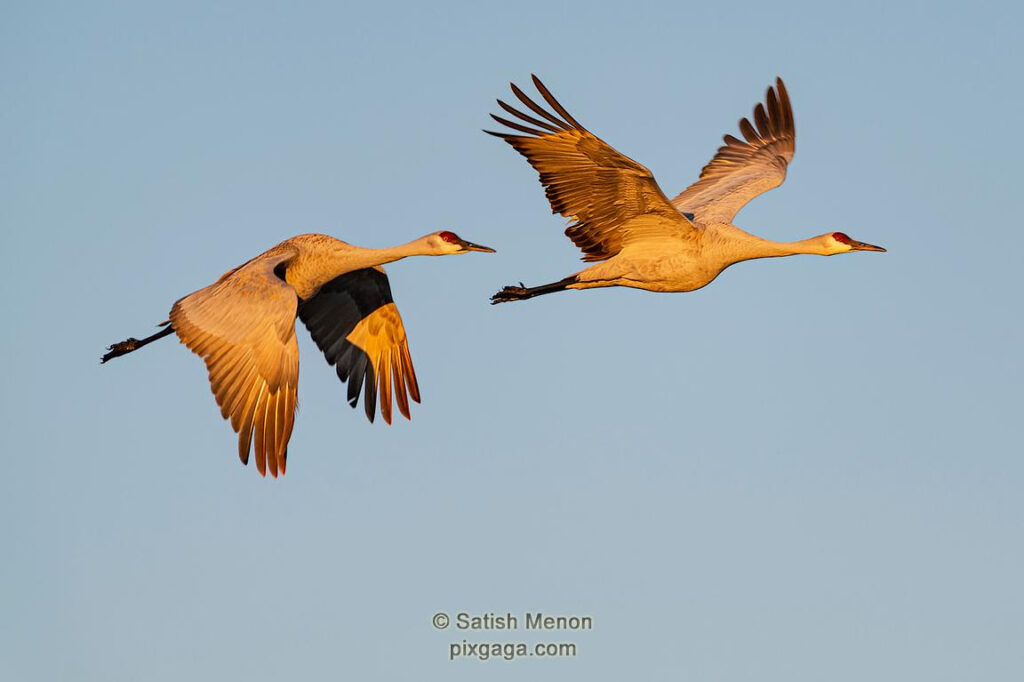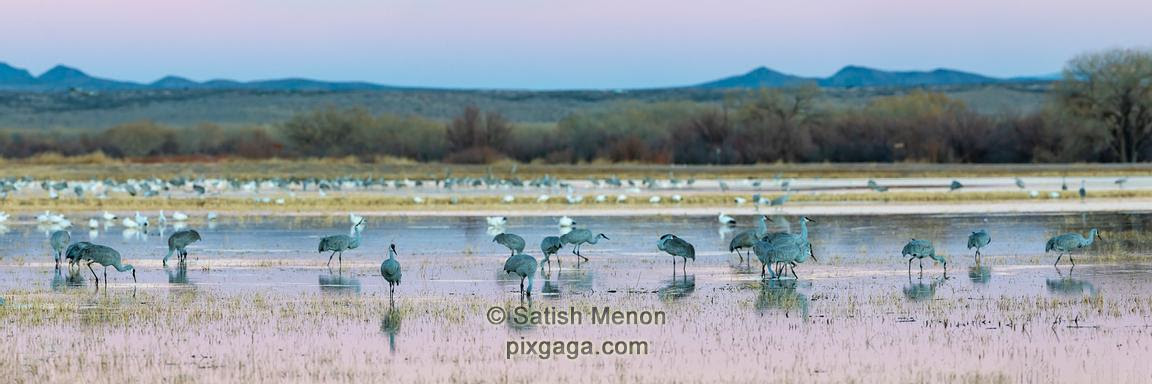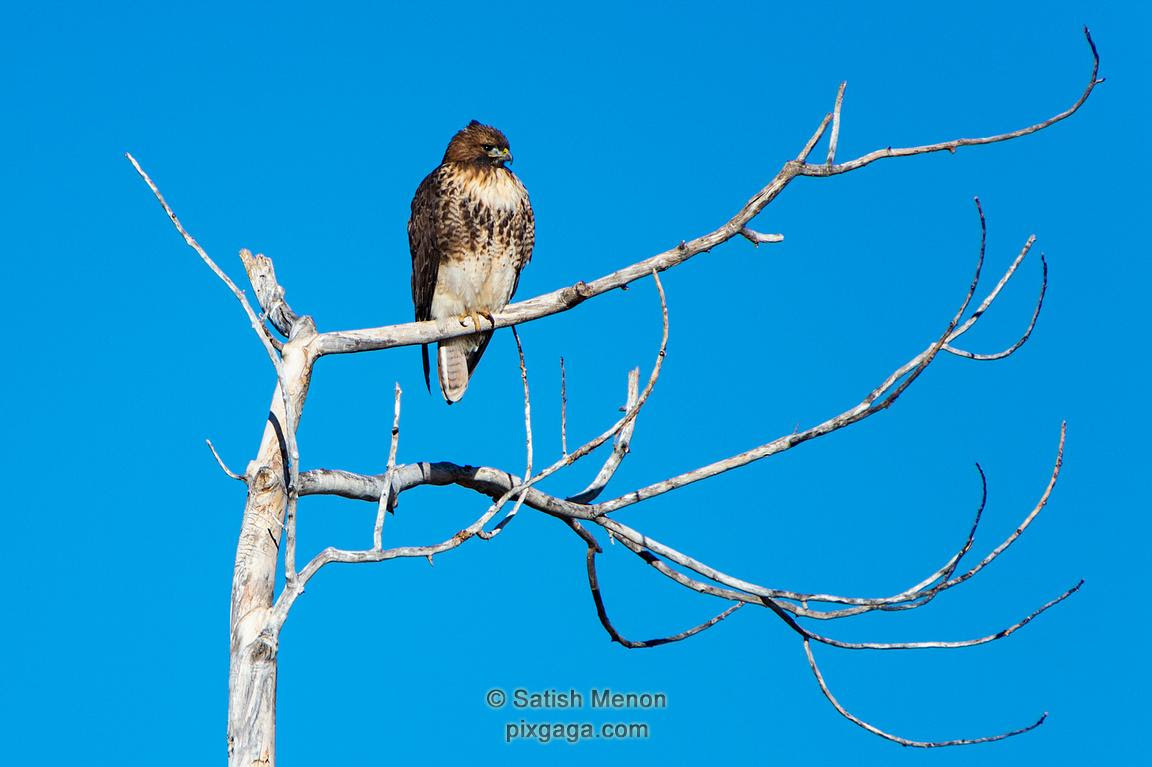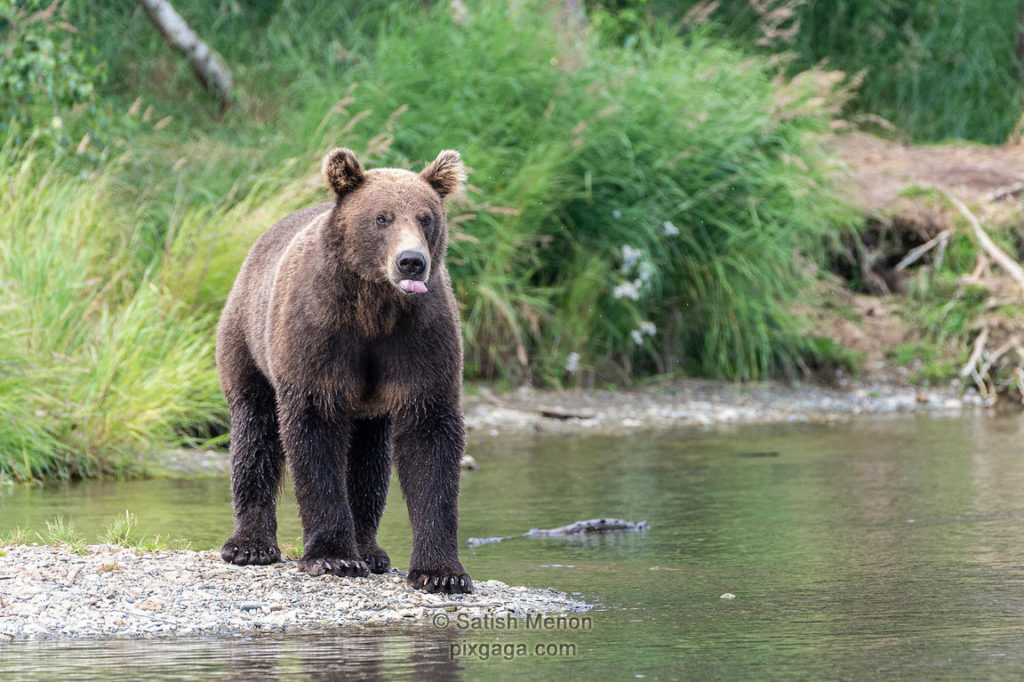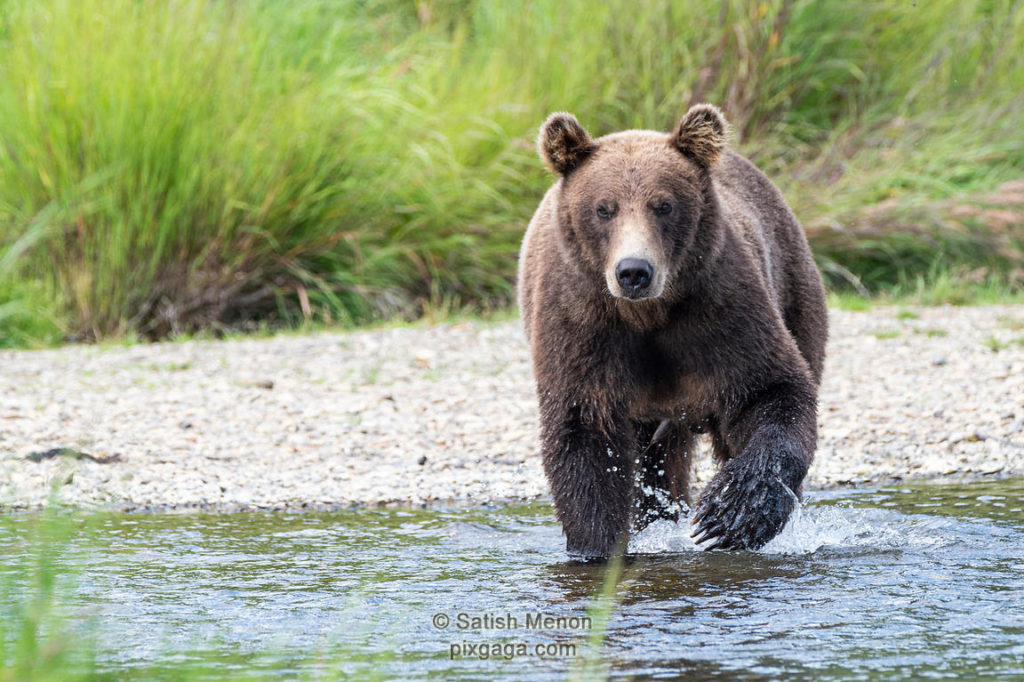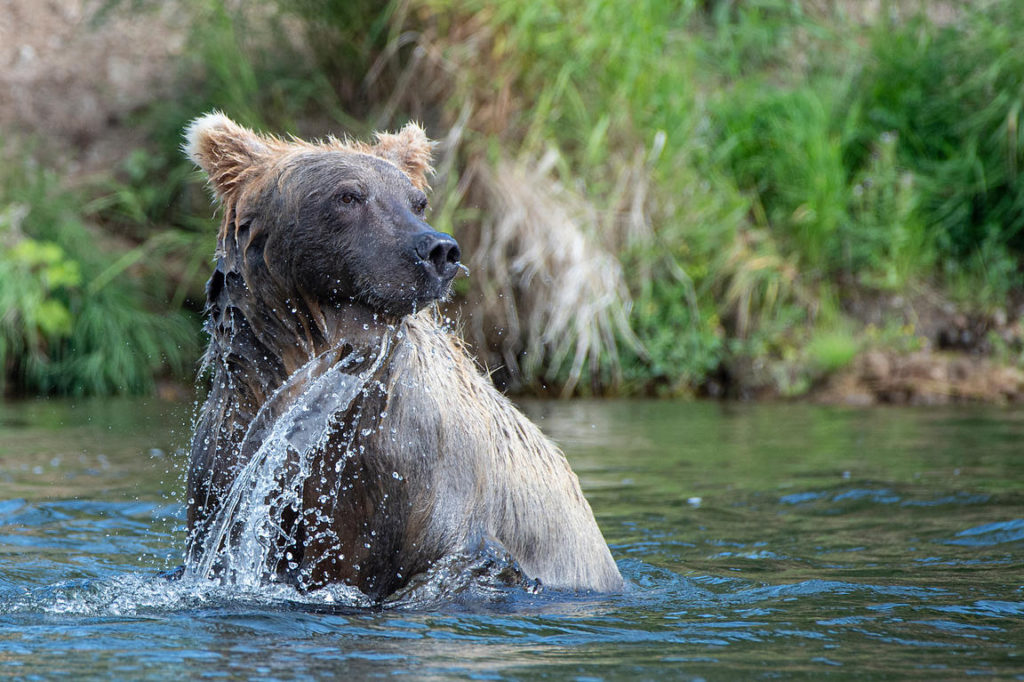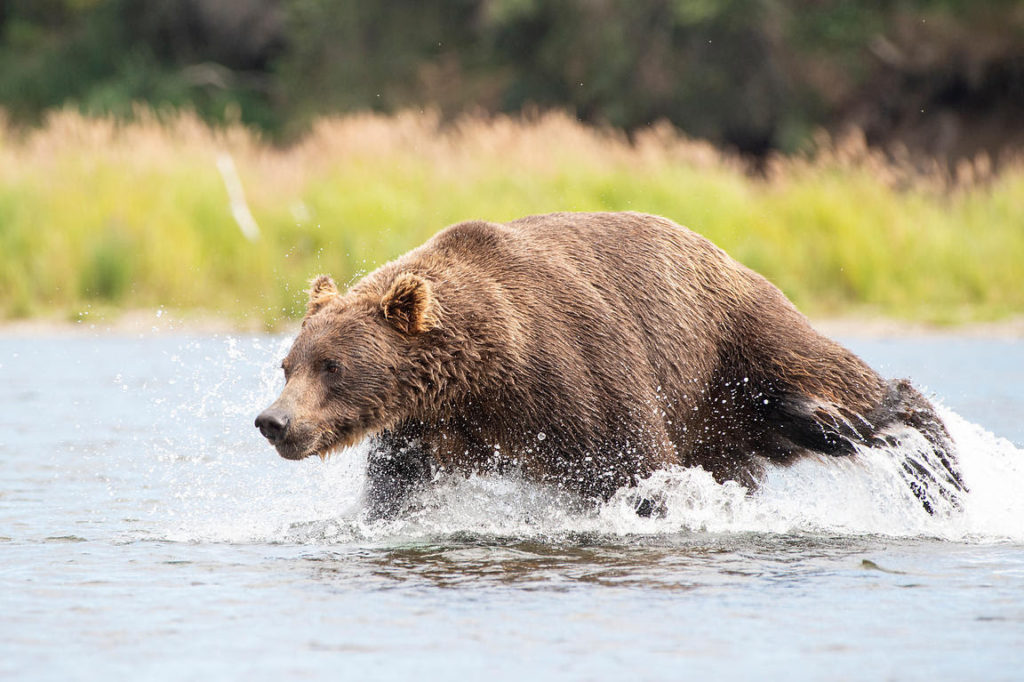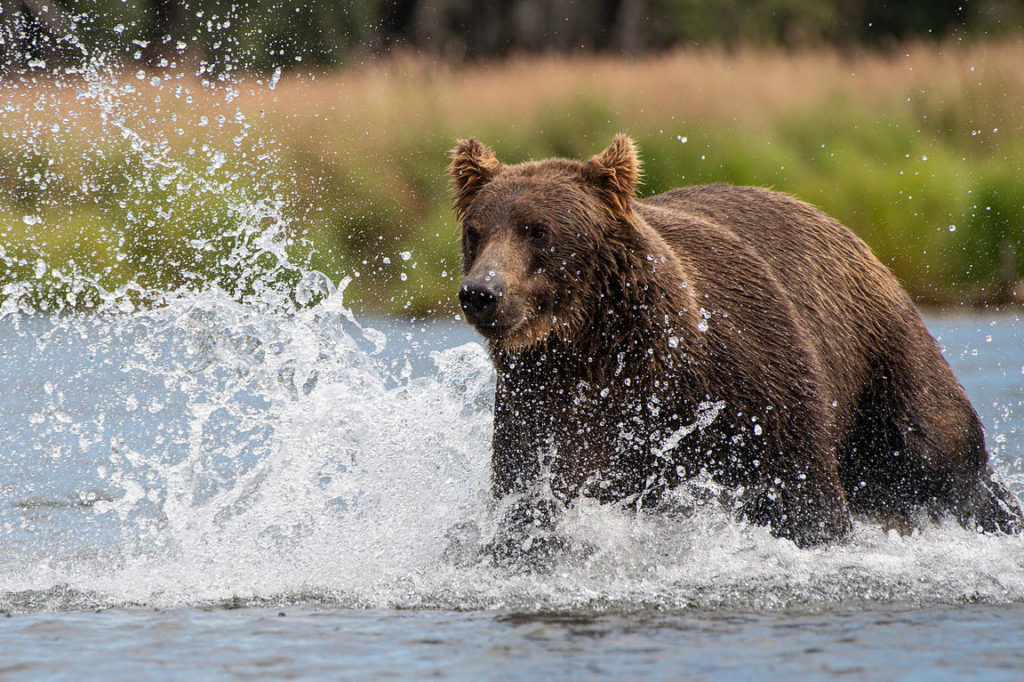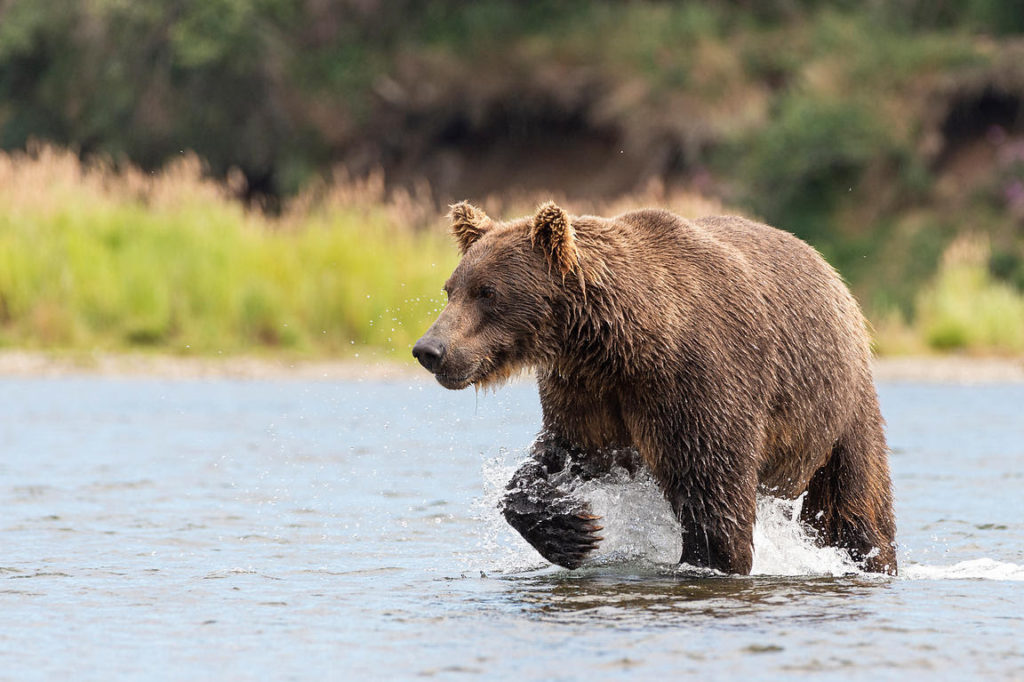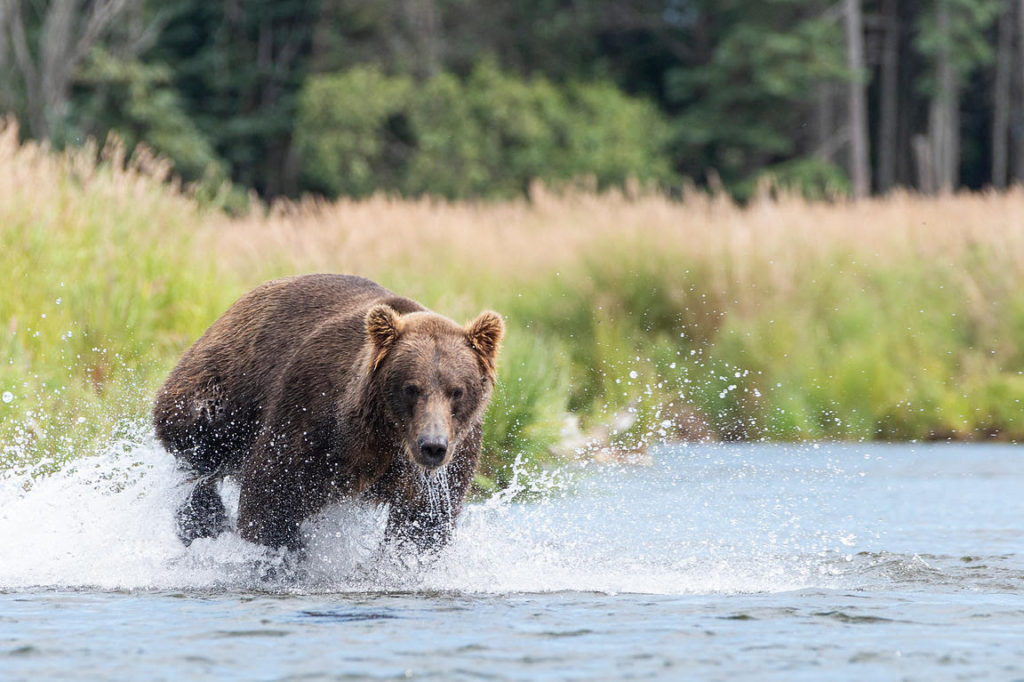During my 3 photography sessions at Bosque recently, it was fun to find the ponds that had Sandhill Cranes on them. Furthermore, as they took flight, capturing their flight action was a delight. While I captured many frames with one of them, I have a few good keepers with two or three of them in it.
The main technical challenges with such a photograph – (1) Captured two of them in the frame, but the focus did not hit the mark on their eyes (2) One of them is in focus and the other is not (3) The wings of one of them got cut off by the frame (4) The head/eyes of the birds are not front lit (5) There are other birds in the frame, causing a distraction (6) The background such as a tree or hill, causes a clutter (7) etc etc etc.
The main physical challenges of such a photograph – (1) I had to wake up very early at 4:30am local time (2) It was very cold at 28 degrees F – I had gloves on to keep my hands warm, but it was impossible to operate my camera with thick gloves on – I would make photos until my hands almost froze and then thaw in gloves for a while before trying again.
The golden color on the birds in this photograph is a result of the low rising sun.
